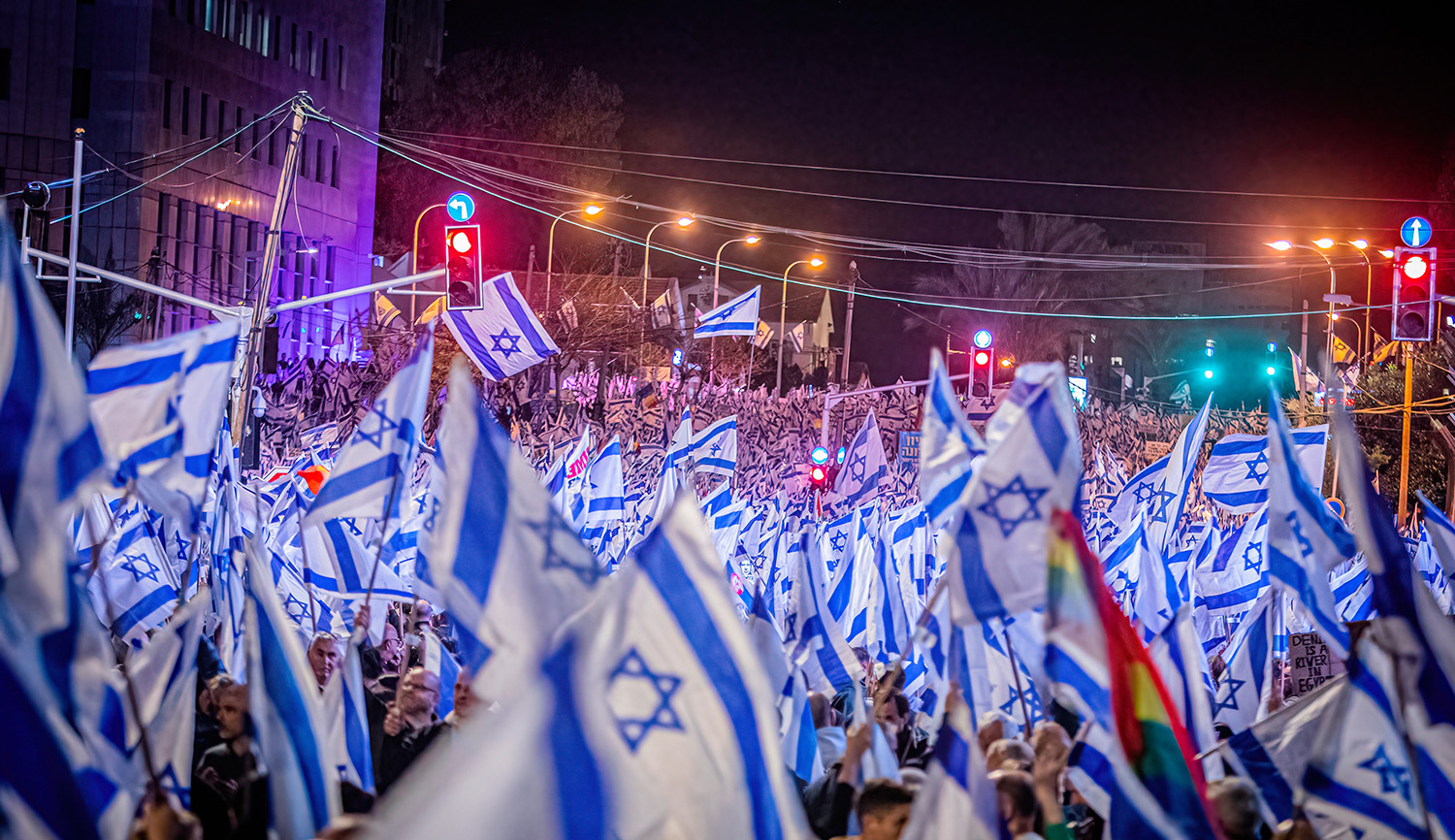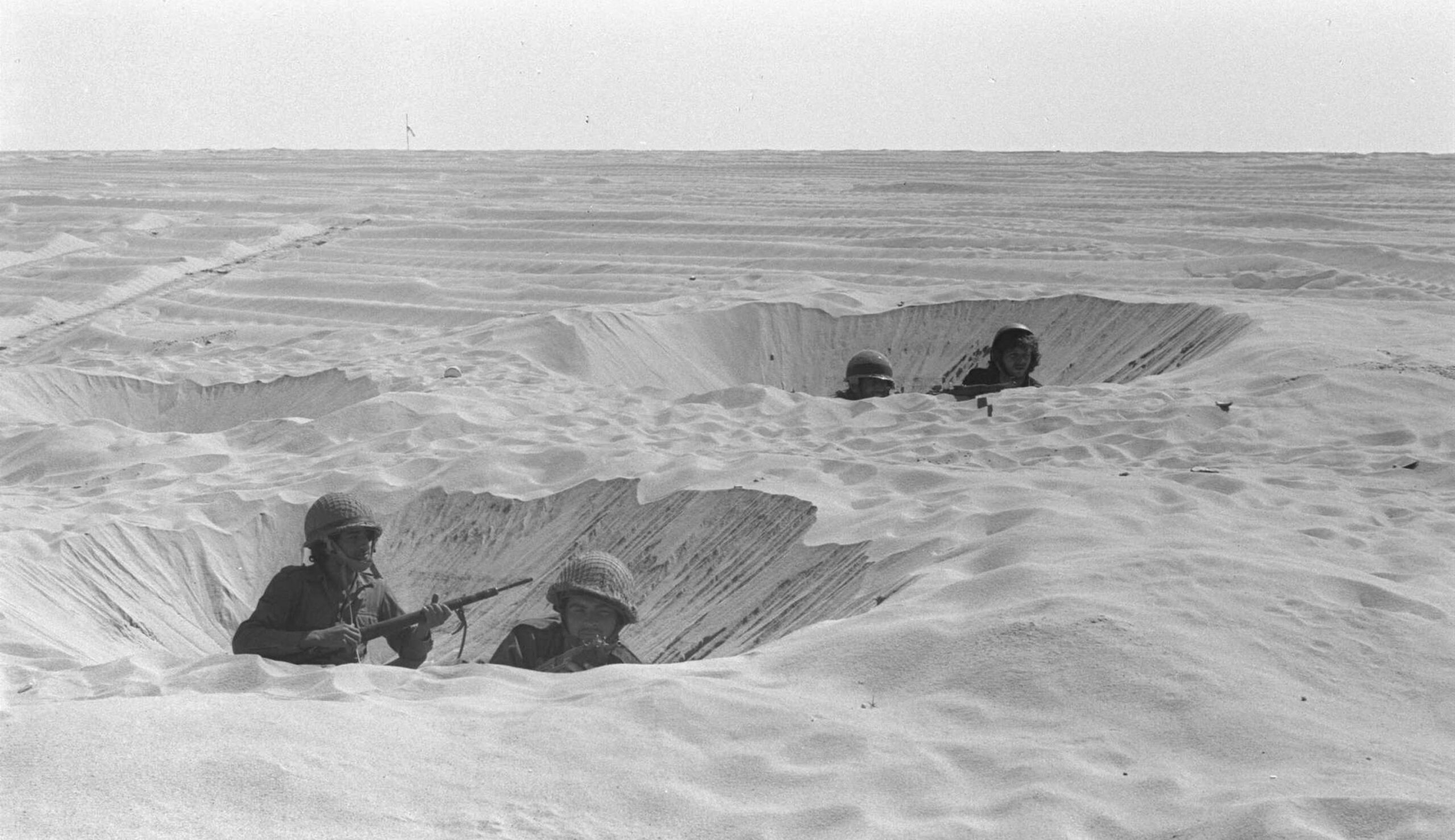A collection of children’s verse by the renowned Yiddish poet Kadya Molodowsky, translated into English by Yaira Singer, was recently published in Sweden. Jordan Kutzik writes in his review:
Molodowsky (1894-1975) . . . is best known in English for her poetry for adults, in particular her devastating poem “God of Mercy,” written in the aftermath of the Holocaust. Although she wrote acclaimed novels, short stories, and journalism, before World War II she was perhaps best known in Yiddish for her children’s poetry. A longtime Yiddish and Hebrew teacher in Poland’s secular Yiddish school system, her moving “stories in verse,” as she called them, were inspired by her pupils.
While reading Molodowsky’s Yiddish poems to her three children in Yiddish, Singer felt “discontent” knowing that most Jewish families couldn’t read them. These poems, she writes in her introduction, bring to life the world of East European Jewry with its humor, irony, and a deeply rooted Yidishkayt [sense of Jewishness].
Molodowsky’s children’s poems enjoyed an afterlife of sorts in Israel, where they became popular in Hebrew translation, but until now they have remained largely unknown in English. This is no surprise. Children’s poetry, with the notable exception of Dr. Seuss and a few other masters, does not have as prominent a place in English or American literature as it does in other literatures. It is also one of the hardest genres to translate.
More about: Children's books, Jewish literature, Poetry, Sweden, Yiddish


